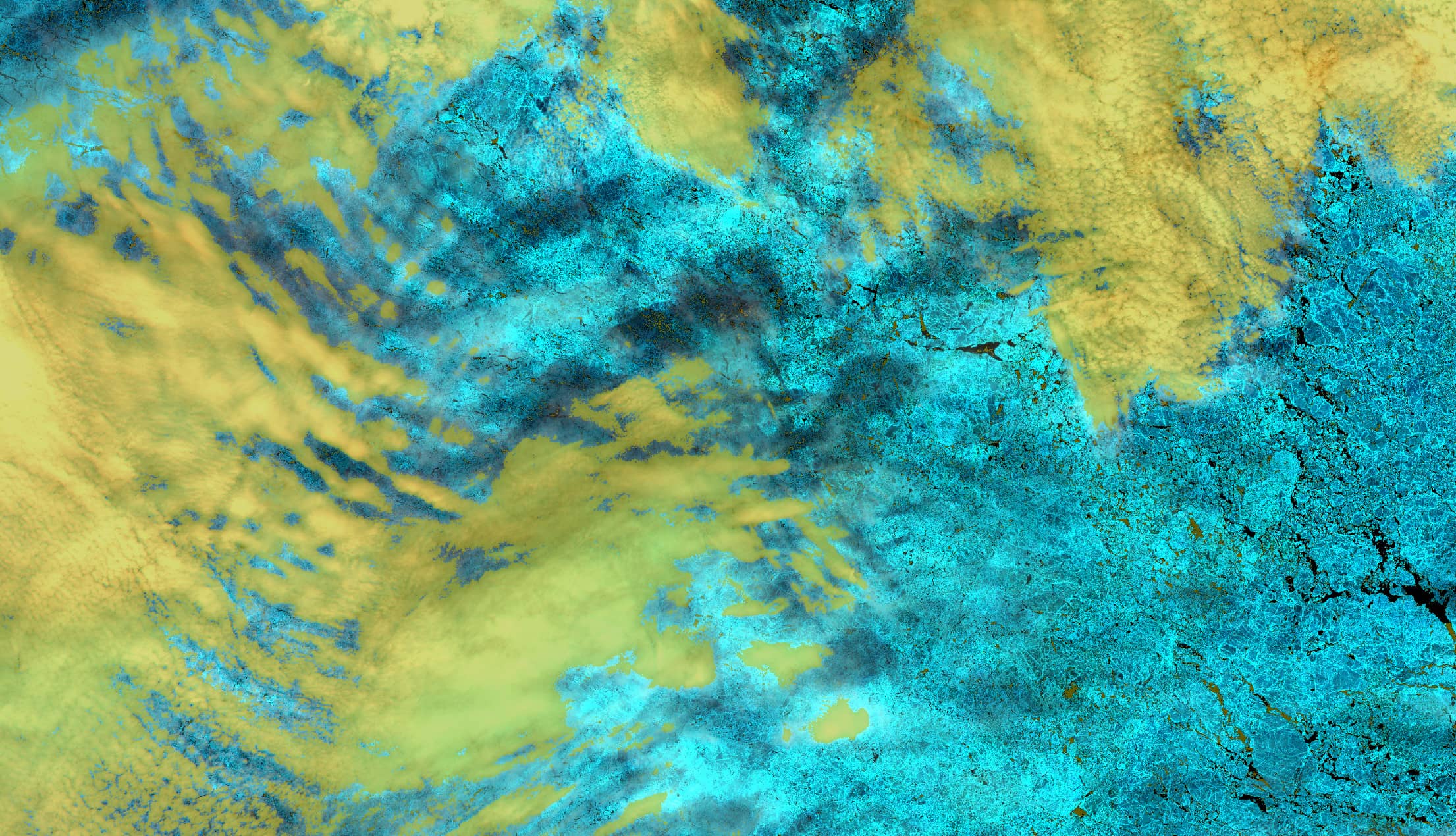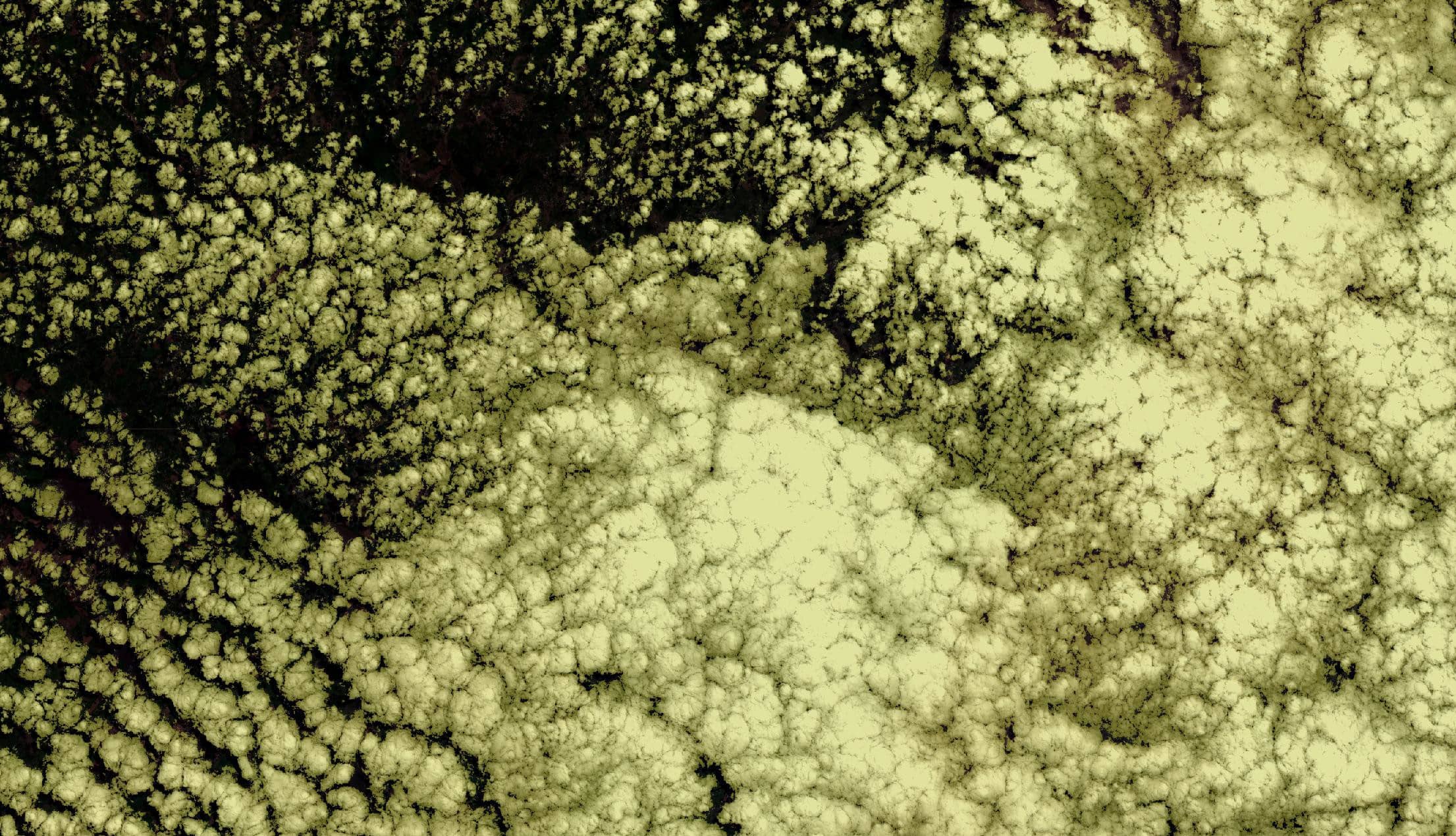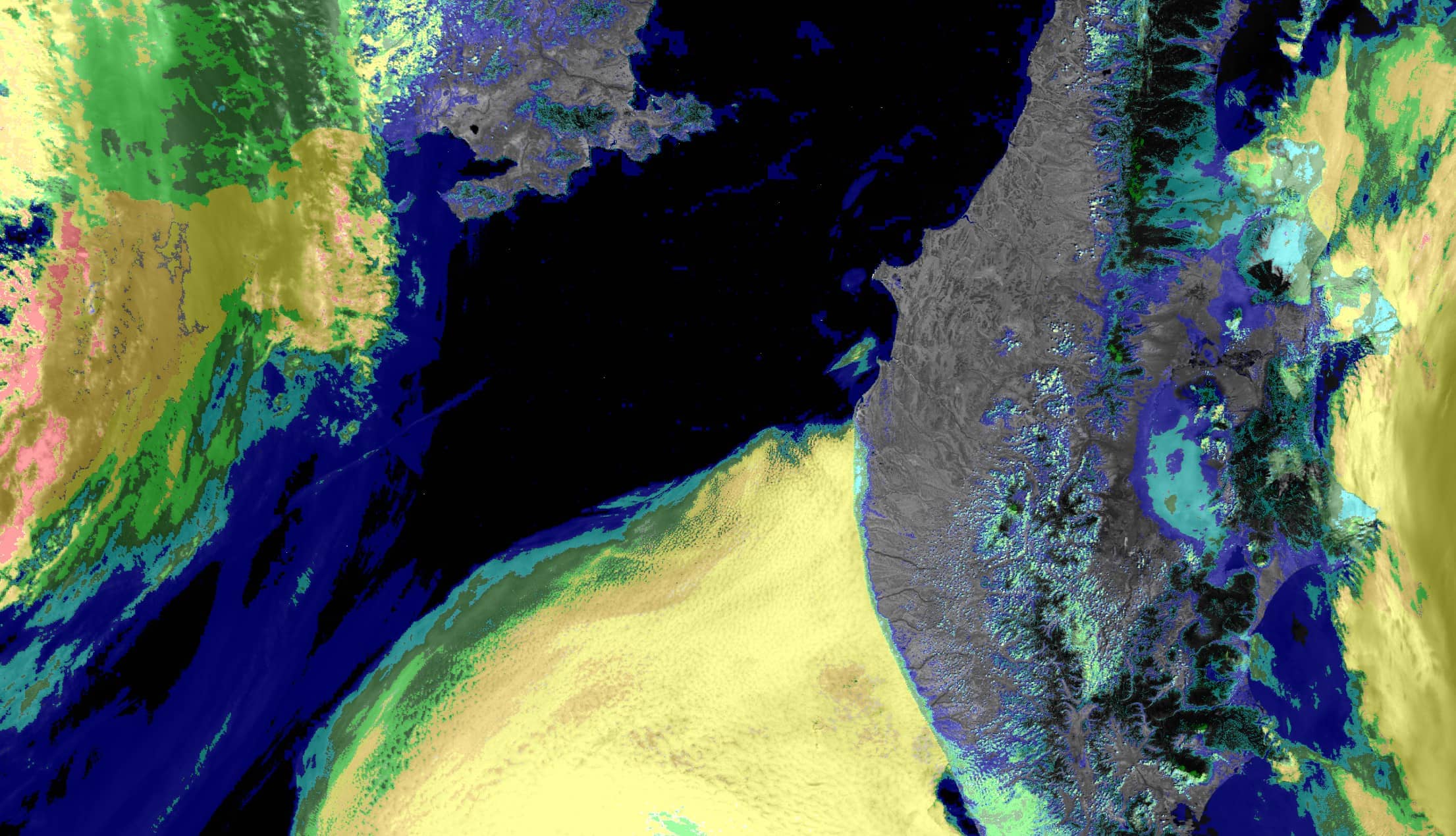Typically, about two thirds of Earth’s surface are covered by clouds. Clouds are multifarious and very dynamic entities, which form and change spontaneously but also constantly, depending on conditions of Earth’s atmosphere and surface. Instruments in space simply measure radiance, usually within different spectral wavebands. They are not able to discern whether the measured radiance originated from Earth’s surface, a cloud, or a mixture thereof. Operational algorithms to derive Earth surface properties from measured spectral radiance usually yield very much wrong results when applied to land or ocean surface, which is obscured by undetected clouds. On the other hand, algorithms to derive cloud properties yield invalid outcomes when not applied to the cloudy parts of a satellite image. Besides reliable identification of clouds, detection of thick layers of aerosols is a special concern. The interplay between aerosols and clouds and their effect on Earth’s radiation budget is one of the key problems to understand and predict Global Warming. Thus, detecting clouds is like “separating the wheat from the chaff”. But what is the “wheat” and what is the “chaff” depends on specific aims and needs. In fact, one user’s noise is another user’s data.
A prerequisite for interpreting satellite images
Cloud detection is an intrinsic problem of Remote Sensing. Different instruments, different retrieval algorithms, and different users require different methodologies to achieve an optimal exploitation of EO data.








